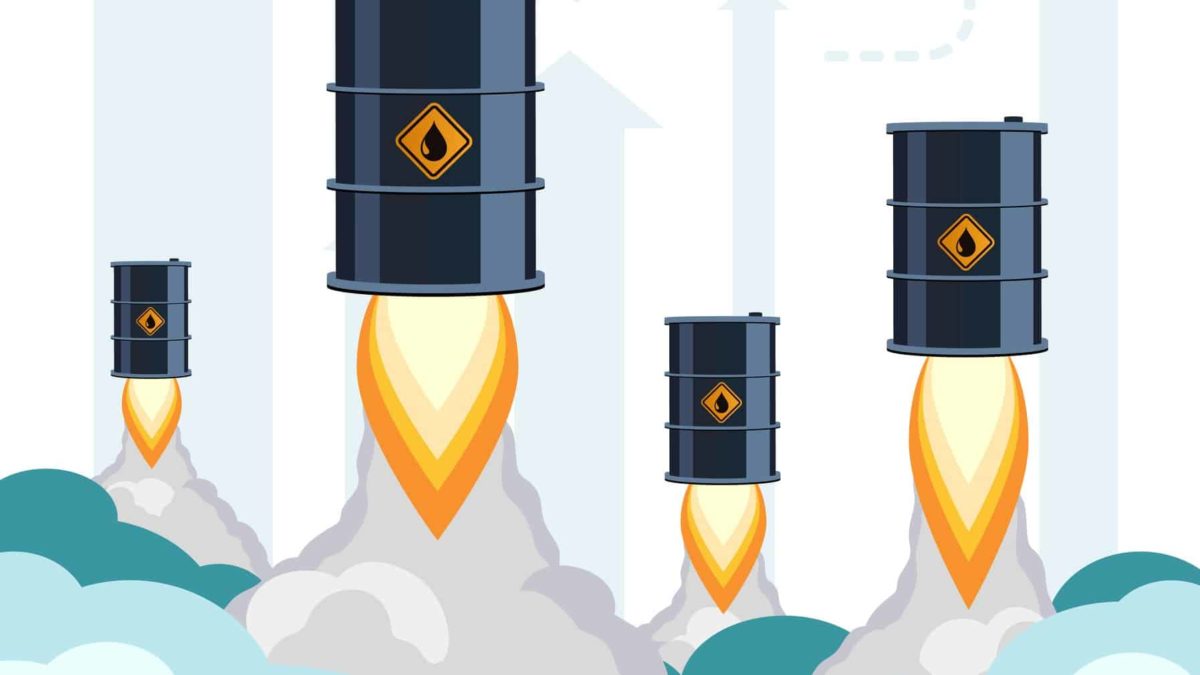The Invictus Energy Ltd (ASX: IVZ) share price is having a stunning day.
On Thursday morning, the energy explorer's shares surged as much as 150% higher to 26.5 cents.
Why is this ASX energy share surging?
Investors have been bidding the Invictus Energy share price higher today following the release of an update on drilling activities at the Mukuyu-1 well in Zimbabwe's Cabora Bassa Basin.
According to the release, an 8.5 inch hole section has been drilled to a depth of 3,086 metres measured depth (mMD).
Pleasingly, elevated mud gas peaks (up to 65 times above background gas baseline) have been observed while drilling through a depth of 3,070 mMD with marked increases from C1 to C5 compounds (methane, ethane, propane, butanes and pentanes).
The company also advised that an initial 100% fluorescence was observed in a downhole cuttings sample of sandstone, retrieved from a depth of approximately 3,070 mMD. This indicates the presence of condensate or light oil when placed under an ultraviolet light.
In further good news, logging while drilling (LWD) analysis has identified further shallower zones of interest within the Upper Angwa, with elevated mud gas readings and LWD resistivity being observed.
Additional potential zones of interest in the Pebbly Arkose and Forest formations also display elevated LWD resistivity.
What's next?
Invictus Energy advised that all zones of interest will be comprehensively evaluated through a planned wireline logging programme. This will take place once Mukuyu-1 reaches total depth and will allow for the identification of any potential hydrocarbon pay.
Furthermore, a comprehensive wireline logging evaluation suite is planned to be acquired across the entire 8.5 inch hole section. This will provide detailed geological information in order to confirm the presence of moveable hydrocarbons.
All in all, Mukuyu-1 remains on track to be delivered in the previously guided timeframe.
Invictus Energy's managing director, Scott Macmillan, commented:
Early indications in our Upper Angwa primary target are highly encouraging and have proven a conventional working hydrocarbon system in the Cabora Bassa Basin, which is an exciting development validating our subsurface model.
The presence of elevated mud gas readings, fluorescence in the cuttings, elevated LWD resistivity and increasing background gas with depth is a positive sign as we progress through the Upper Angwa Alternations Member.
We still have several hundred metres of drilling through our primary targets with additional potential, which will be followed by a comprehensive wireline logging programme to evaluate results, with the aim of confirming the presence of moveable hydrocarbons in multiple zones.









